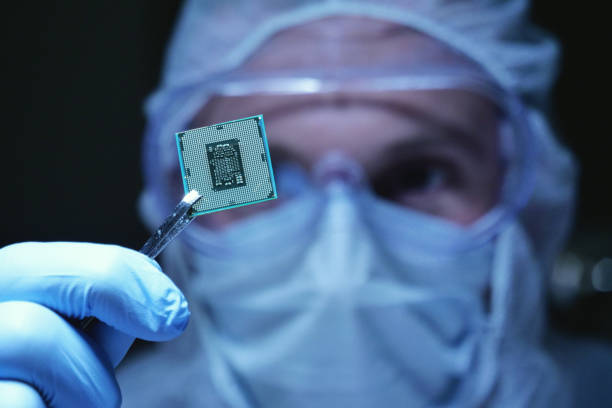The Emergence of Low Earth Orbit Mega-Constellations
A new era of global connectivity is dawning as ambitious projects to launch thousands of satellites into low Earth orbit take shape. These mega-constellations promise to revolutionize internet access, bringing high-speed broadband to even the most remote corners of the globe. But what challenges and opportunities lie ahead for this emerging technology?

The concept of LEO constellations isn’t new, but recent technological advancements and reduced launch costs have made large-scale deployment feasible. Companies like SpaceX, OneWeb, and Amazon are racing to establish vast networks of hundreds or thousands of small satellites, creating a web of connectivity encircling the globe.
The Promise of Universal Connectivity
LEO mega-constellations hold immense potential for bridging the digital divide. By providing high-speed internet access to underserved regions, they could connect billions of people currently lacking reliable broadband. This has far-reaching implications for education, healthcare, economic development, and social inclusion in remote and rural areas worldwide.
Beyond consumer internet, these networks could enable seamless connectivity for maritime and aviation industries, enhance disaster response capabilities, and support emerging technologies like autonomous vehicles and precision agriculture. The low latency of LEO systems also makes them attractive for applications requiring real-time data transmission, such as online gaming and financial trading.
Technical Hurdles and Innovations
Deploying and maintaining thousands of satellites in low Earth orbit presents significant technical challenges. LEO satellites move rapidly across the sky, requiring sophisticated tracking and handoff mechanisms to maintain consistent connectivity. This constant motion also necessitates a large number of satellites to ensure continuous coverage.
To address these challenges, companies are developing advanced technologies like inter-satellite laser links, which allow satellites to communicate directly with each other, reducing the need for ground stations and improving network efficiency. Phased array antennas are being employed to electronically steer beams and track multiple moving satellites simultaneously.
Another critical innovation is the development of mass-production techniques for satellites. Traditional satellites are often custom-built at great expense, but LEO mega-constellations require a more streamlined, cost-effective approach. Companies are adopting assembly line-style production methods and leveraging advances in miniaturization to produce smaller, more affordable satellites at scale.
Regulatory and Environmental Concerns
The rapid proliferation of LEO satellites has raised concerns about space debris and the potential for collisions. With thousands of new objects in orbit, the risk of creating a cascading effect of collisions, known as the Kessler syndrome, becomes more pronounced. This has prompted calls for stricter international regulations and improved space traffic management systems.
Astronomers have also voiced concerns about the impact of these mega-constellations on night sky observations. The reflective surfaces of satellites can create streaks in telescopic images, potentially interfering with scientific research and cultural practices related to stargazing.
Regulatory bodies like the International Telecommunication Union (ITU) and national space agencies are grappling with how to manage the allocation of orbital slots and radio frequencies for these new systems. Ensuring fair access to orbital resources while preventing harmful interference between different constellations remains a complex challenge.
Market Dynamics and Economic Implications
The LEO satellite internet market is highly competitive, with multiple players vying for dominance. While the potential market is vast, questions remain about the long-term economic viability of these projects. The upfront costs of deploying thousands of satellites are enormous, and companies must navigate complex regulatory landscapes across different countries.
The entry of LEO mega-constellations into the broadband market could disrupt traditional telecommunications industries. Incumbent satellite operators and terrestrial internet service providers may face increased competition, potentially leading to lower prices and improved services for consumers.
However, the impact on developing countries’ nascent telecommunications sectors is less clear. While LEO systems could leapfrog traditional infrastructure in underserved areas, they might also undermine local investment in terrestrial networks.
The Road Ahead
As LEO mega-constellations move from concept to reality, the telecommunications landscape stands on the brink of transformation. The potential for universal, high-speed internet access could reshape global connectivity, but numerous technical, regulatory, and economic hurdles remain.
The coming years will be critical in determining whether these ambitious projects can deliver on their promises while addressing concerns about space sustainability and market dynamics. As the skies become increasingly crowded with satellites, careful management and international cooperation will be essential to ensure that the benefits of this new era of connectivity are realized without compromising the long-term sustainability of Earth’s orbital environment.





